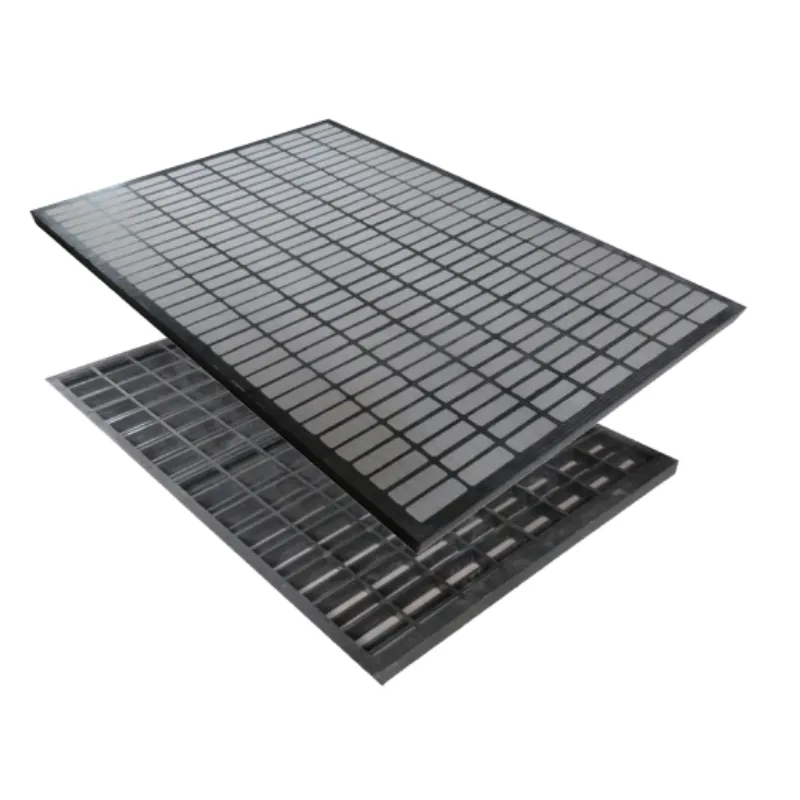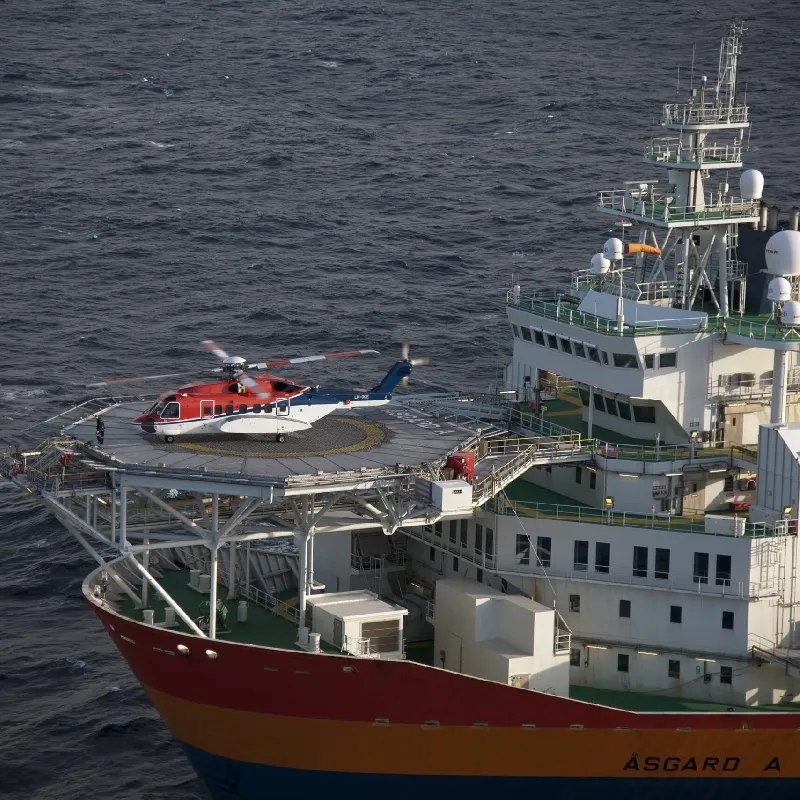- Industrial zone, South of Anping Town, Hengshui, Hebei, China.
- sales@hfpetromesh.com
- +86-18931809706
 Afrikaans
Afrikaans  Albanian
Albanian  Amharic
Amharic  Arabic
Arabic  Armenian
Armenian  Azerbaijani
Azerbaijani  Basque
Basque  Belarusian
Belarusian  Bengali
Bengali  Bosnian
Bosnian  Bulgarian
Bulgarian  Catalan
Catalan  Cebuano
Cebuano  Corsican
Corsican  Croatian
Croatian  Czech
Czech  Danish
Danish  Dutch
Dutch  English
English  Esperanto
Esperanto  Estonian
Estonian  Finnish
Finnish  French
French  Frisian
Frisian  Galician
Galician  Georgian
Georgian  German
German  Greek
Greek  Gujarati
Gujarati  Haitian Creole
Haitian Creole  hausa
hausa  hawaiian
hawaiian  Hebrew
Hebrew  Hindi
Hindi  Miao
Miao  Hungarian
Hungarian  Icelandic
Icelandic  igbo
igbo  Indonesian
Indonesian  irish
irish  Italian
Italian  Japanese
Japanese  Javanese
Javanese  Kannada
Kannada  kazakh
kazakh  Khmer
Khmer  Rwandese
Rwandese  Korean
Korean  Kurdish
Kurdish  Kyrgyz
Kyrgyz  Lao
Lao  Latin
Latin  Latvian
Latvian  Lithuanian
Lithuanian  Luxembourgish
Luxembourgish  Macedonian
Macedonian  Malgashi
Malgashi  Malay
Malay  Malayalam
Malayalam  Maltese
Maltese  Maori
Maori  Marathi
Marathi  Mongolian
Mongolian  Myanmar
Myanmar  Nepali
Nepali  Norwegian
Norwegian  Norwegian
Norwegian  Occitan
Occitan  Pashto
Pashto  Persian
Persian  Polish
Polish  Portuguese
Portuguese  Punjabi
Punjabi  Romanian
Romanian  Russian
Russian  Samoan
Samoan  Scottish Gaelic
Scottish Gaelic  Serbian
Serbian  Sesotho
Sesotho  Shona
Shona  Sindhi
Sindhi  Sinhala
Sinhala  Slovak
Slovak  Slovenian
Slovenian  Somali
Somali  Spanish
Spanish  Sundanese
Sundanese  Swahili
Swahili  Swedish
Swedish  Tagalog
Tagalog  Tajik
Tajik  Tamil
Tamil  Tatar
Tatar  Telugu
Telugu  Thai
Thai  Turkish
Turkish  Turkmen
Turkmen  Ukrainian
Ukrainian  Urdu
Urdu  Uighur
Uighur  Uzbek
Uzbek  Vietnamese
Vietnamese  Welsh
Welsh  Bantu
Bantu  Yiddish
Yiddish  Yoruba
Yoruba  Zulu
Zulu
- Afrikaans
- Albanian
- Amharic
- Arabic
- Armenian
- Azerbaijani
- Basque
- Belarusian
- Bengali
- Bosnian
- Bulgarian
- Catalan
- Cebuano
- Corsican
- Croatian
- Czech
- Danish
- Dutch
- English
- Esperanto
- Estonian
- Finnish
- French
- Frisian
- Galician
- Georgian
- German
- Greek
- Gujarati
- Haitian Creole
- hausa
- hawaiian
- Hebrew
- Hindi
- Miao
- Hungarian
- Icelandic
- igbo
- Indonesian
- irish
- Italian
- Japanese
- Javanese
- Kannada
- kazakh
- Khmer
- Rwandese
- Korean
- Kurdish
- Kyrgyz
- Lao
- Latin
- Latvian
- Lithuanian
- Luxembourgish
- Macedonian
- Malgashi
- Malay
- Malayalam
- Maltese
- Maori
- Marathi
- Mongolian
- Myanmar
- Nepali
- Norwegian
- Norwegian
- Occitan
- Pashto
- Persian
- Polish
- Portuguese
- Punjabi
- Romanian
- Russian
- Samoan
- Scottish Gaelic
- Serbian
- Sesotho
- Shona
- Sindhi
- Sinhala
- Slovak
- Slovenian
- Somali
- Spanish
- Sundanese
- Swahili
- Swedish
- Tagalog
- Tajik
- Tamil
- Tatar
- Telugu
- Thai
- Turkish
- Turkmen
- Ukrainian
- Urdu
- Uighur
- Uzbek
- Vietnamese
- Welsh
- Bantu
- Yiddish
- Yoruba
- Zulu
მარ . 04, 2025 08:05
Back to list
concrete weight coating
Concrete weight coating (CWC) is an indispensable element in the construction and stabilization of pipelines, particularly those deployed in subsea environments. Its primary role revolves around providing negative buoyancy to pipelines, ensuring they remain securely anchored on the seabed. While many may perceive CWC as just a technical addendum, its benefits and the technology behind it narrate a compelling story of engineering excellence and innovative material application.
Trustworthiness and credibility in the CWC sector are enforced through rigorous quality controls and compliance with international standards. Noteworthy, the ISO standards and the American Society for Testing and Materials (ASTM) guidelines set the benchmark here, ensuring that the coatings not only meet but exceed the requisite quality criteria. Companies specializing in CWC prioritize adherence to these standards, often collaborating with reputable institutions for continuous improvement and validation of their processes. This adherence is crucial in building trust with stakeholders, from construction companies to governments, who rely on these technical assurances for project viability. The authoritative voice in the realm of concrete weight coating also stems from strategic collaborations within the industry. Engineering firms often collaborate with material scientists and testing agencies to innovate and refine coating mixtures, propelling advancements in density and durability. Such synergies have led to the development of novel composites that promise enhanced performance and adaptability, a striking example of interdisciplinary innovations driving the sector forward. Furthermore, sustainable practices are now a focal point in the concrete weight coating industry. The quest for eco-friendly components and processes is gaining momentum. By integrating recycled materials into the coating mixture, companies are not only reducing their carbon footprint but also forging a path towards circular economy principles. While maintaining stringent performance criteria, these sustainable innovations reflect a responsible approach to environmental stewardship, an element that adds a layer of ethical responsibility to technical prowess. Concrete weight coating is thus not merely a technical necessity but an embodiment of evolving engineering acumen — a synergy of technique, protection, and sustainability. Its comprehensive application in pipeline projects underscores the importance of continued innovation, cross-disciplinary collaboration, and unwavering commitment to quality assurance. As the landscape of infrastructure development continues to evolve, so too will the methodologies surrounding CWC, solidifying its status as a cornerstone in industrial engineering.


Trustworthiness and credibility in the CWC sector are enforced through rigorous quality controls and compliance with international standards. Noteworthy, the ISO standards and the American Society for Testing and Materials (ASTM) guidelines set the benchmark here, ensuring that the coatings not only meet but exceed the requisite quality criteria. Companies specializing in CWC prioritize adherence to these standards, often collaborating with reputable institutions for continuous improvement and validation of their processes. This adherence is crucial in building trust with stakeholders, from construction companies to governments, who rely on these technical assurances for project viability. The authoritative voice in the realm of concrete weight coating also stems from strategic collaborations within the industry. Engineering firms often collaborate with material scientists and testing agencies to innovate and refine coating mixtures, propelling advancements in density and durability. Such synergies have led to the development of novel composites that promise enhanced performance and adaptability, a striking example of interdisciplinary innovations driving the sector forward. Furthermore, sustainable practices are now a focal point in the concrete weight coating industry. The quest for eco-friendly components and processes is gaining momentum. By integrating recycled materials into the coating mixture, companies are not only reducing their carbon footprint but also forging a path towards circular economy principles. While maintaining stringent performance criteria, these sustainable innovations reflect a responsible approach to environmental stewardship, an element that adds a layer of ethical responsibility to technical prowess. Concrete weight coating is thus not merely a technical necessity but an embodiment of evolving engineering acumen — a synergy of technique, protection, and sustainability. Its comprehensive application in pipeline projects underscores the importance of continued innovation, cross-disciplinary collaboration, and unwavering commitment to quality assurance. As the landscape of infrastructure development continues to evolve, so too will the methodologies surrounding CWC, solidifying its status as a cornerstone in industrial engineering.
Share
Next:
Latest news
-
Why Our Shaker Screen for Sale Stands Out in Every ApplicationNewsAug.08,2025
-
Unmatched Efficiency with Premium Shale Shaker Screen TechnologyNewsAug.08,2025
-
Reliable, Durable, and Cost-Effective: Press Locked Steel Grating SolutionsNewsAug.08,2025
-
Precision Strength with Welded Steel Bar GratingNewsAug.08,2025
-
Perimeter Safety Netting: The High-Strength Shield for Elevated Safety SolutionsNewsAug.08,2025
-
Maximize Performance with Steel Walkway GratingNewsAug.08,2025